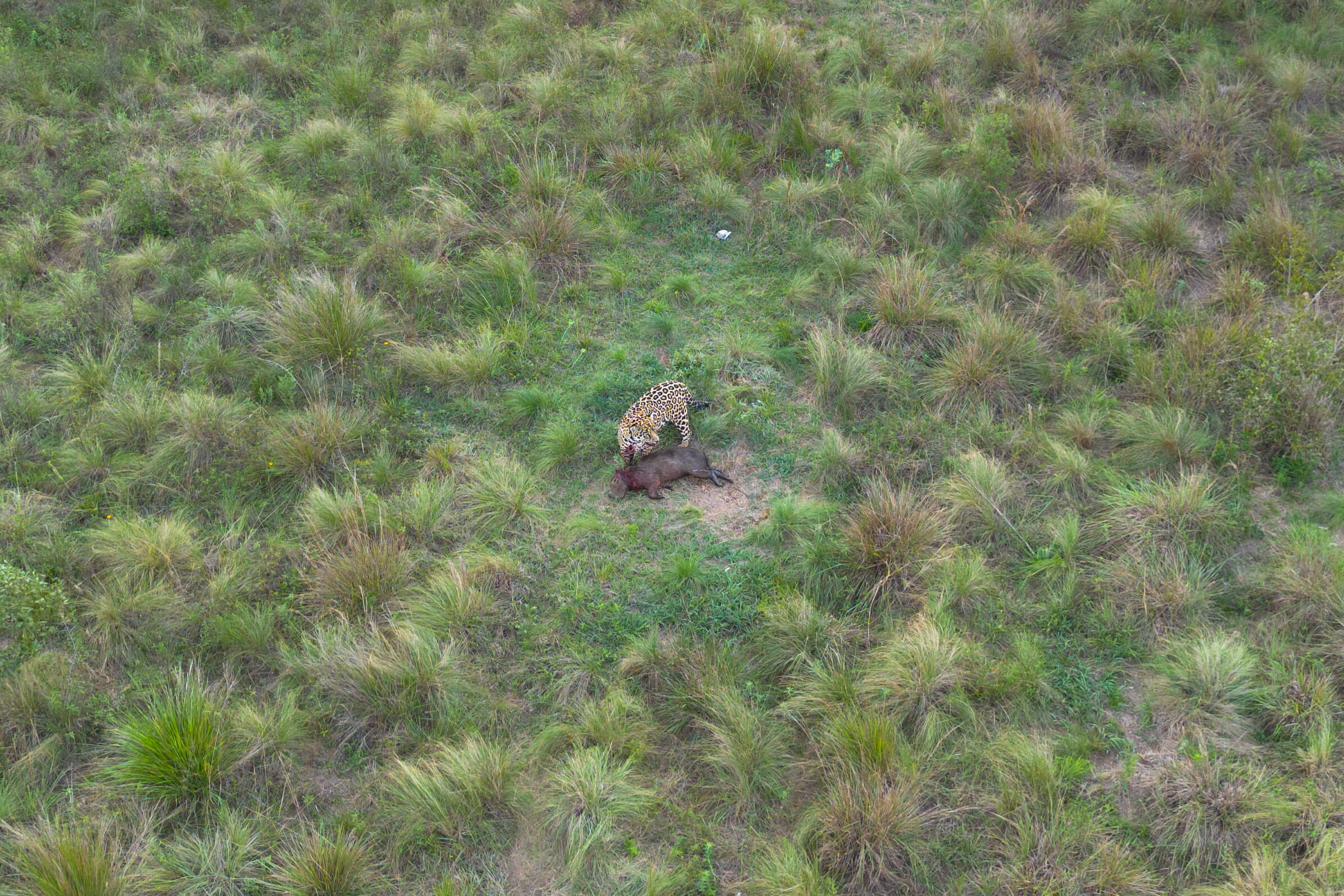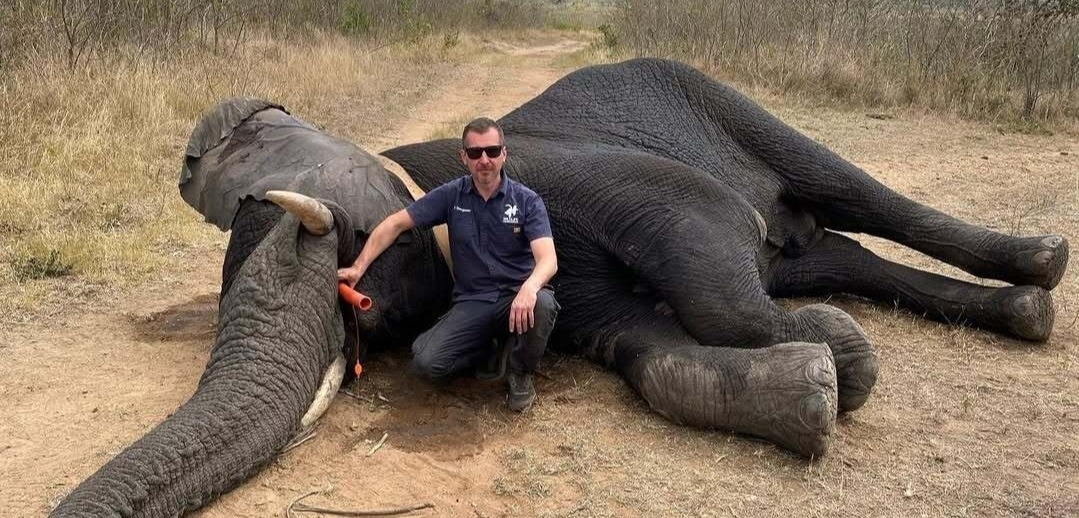Stray dogs were already a widespread issue in Ukraine before the war, and the conflict has only made things worse. Millions of people have fled their homes, leaving their pets behind, pushing the number of stray dogs to over 3.6 million.
Packs of dogs are becoming more common, particularly in rural and war-affected areas.
“People flee their homes, and their dogs are left behind. The stray dogs reproduce quickly and become wild, almost wolf-like,” Oleg Kolesnick says.
Despite the war making working conditions very difficult, many wardens are still doing their best to manage the problem of stray dogs and prevent the spread of disease and other risks they pose.

Organizing stray dogs management
The organized approach to managing stray dogs in Ukraine actually started some 30 years ago, when Oleg Kolesnick was first asked to help with stray dog control while working as a municipal deputy.
At the time, the common approach was to use hunting rifles to simply kill stray dogs.
A training opportunity in the UK with the National Canine Defence League introduced Oleg to more humane methods. When he returned home, he began looking for proper equipment.
This led to the cooperation with DANiNJECT, and he eventually became the company's official dealer in Ukraine.
Creating a more humane system
With some help from local officials and a small initial budget, Oleg began introducing humane capture techniques. Over time, this led to the development of trained dog wardens in most major cities across Ukraine.
DANiNJECT equipment - rifles, pistols, and blowpipes - alongside tools from other manufacturers, helped shift the approach from destruction to management.
"In the early days, catching dogs was barbarous. Now there are trained staff working with proper equipment, trying to avoid stress - both for the animals and the public."

Impossible to build enough shelters
In Ukraine, some people advocate placing all stray dogs in shelters, but according to Oleg Kolesnick, this is simply not a viable approach.
“Especially now, when we have frequent missile attacks and houses and shelters are ruined, it is impossible to build shelters for 3 million dogs. So, for some part of these dogs, euthanasia has to be part of the solution,” he explains.
Despite damaged infrastructure, including his own office in Mykolaiv, Oleg still distributes equipment from his new home in Uzhhorod. Demand from municipalities and NGOs remains high, and Oleg continues to support dog control efforts across Ukraine.


.jpg)

